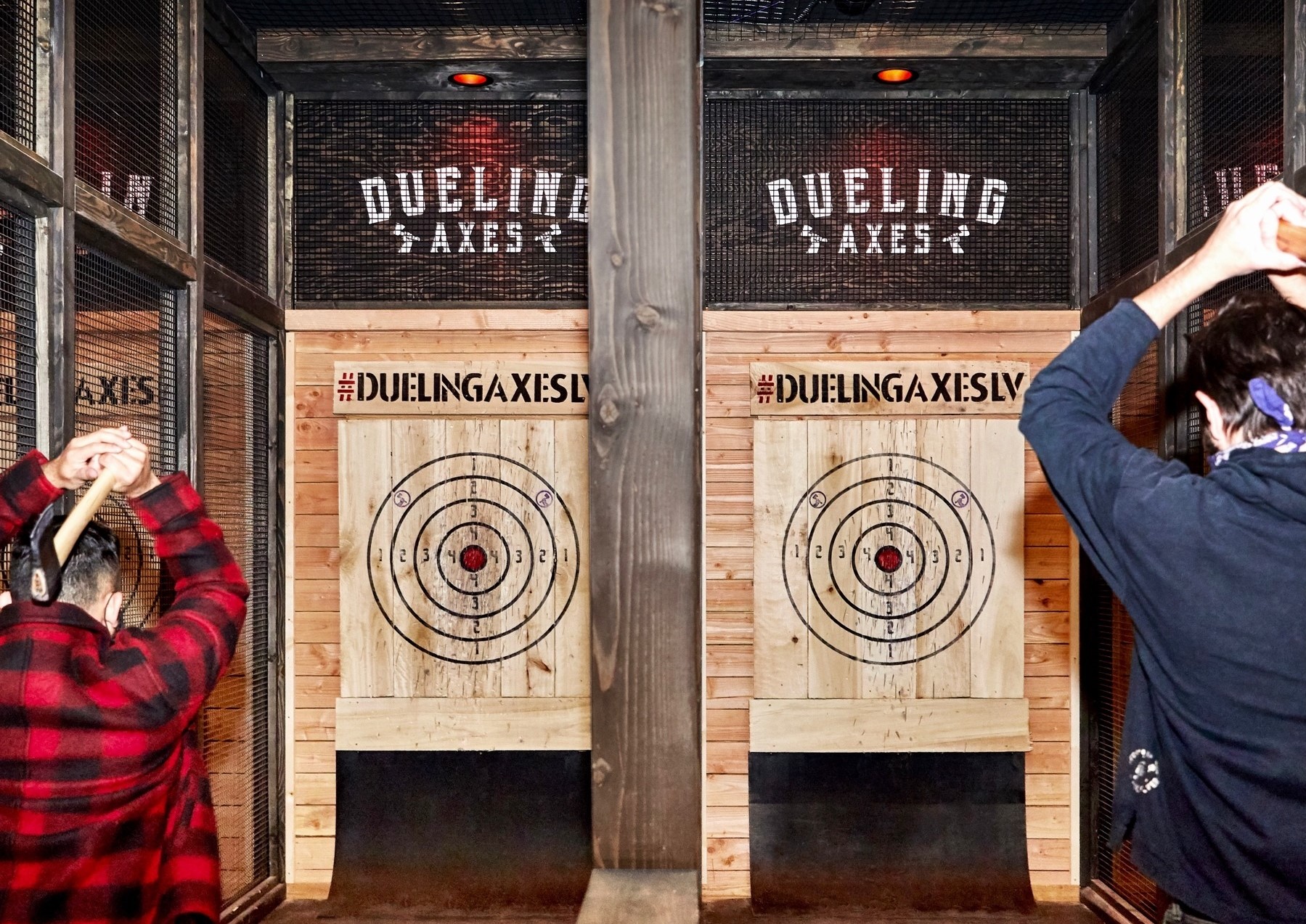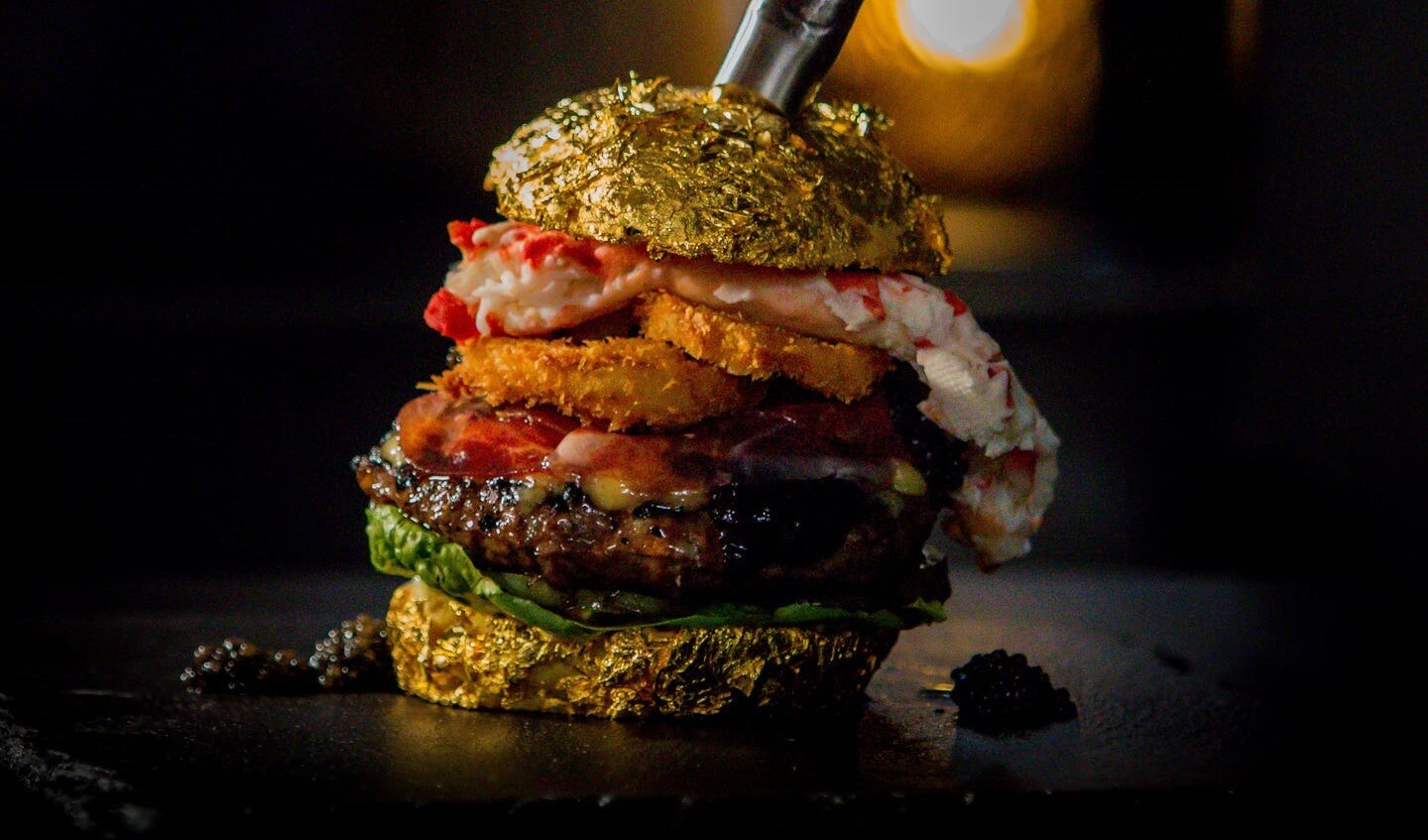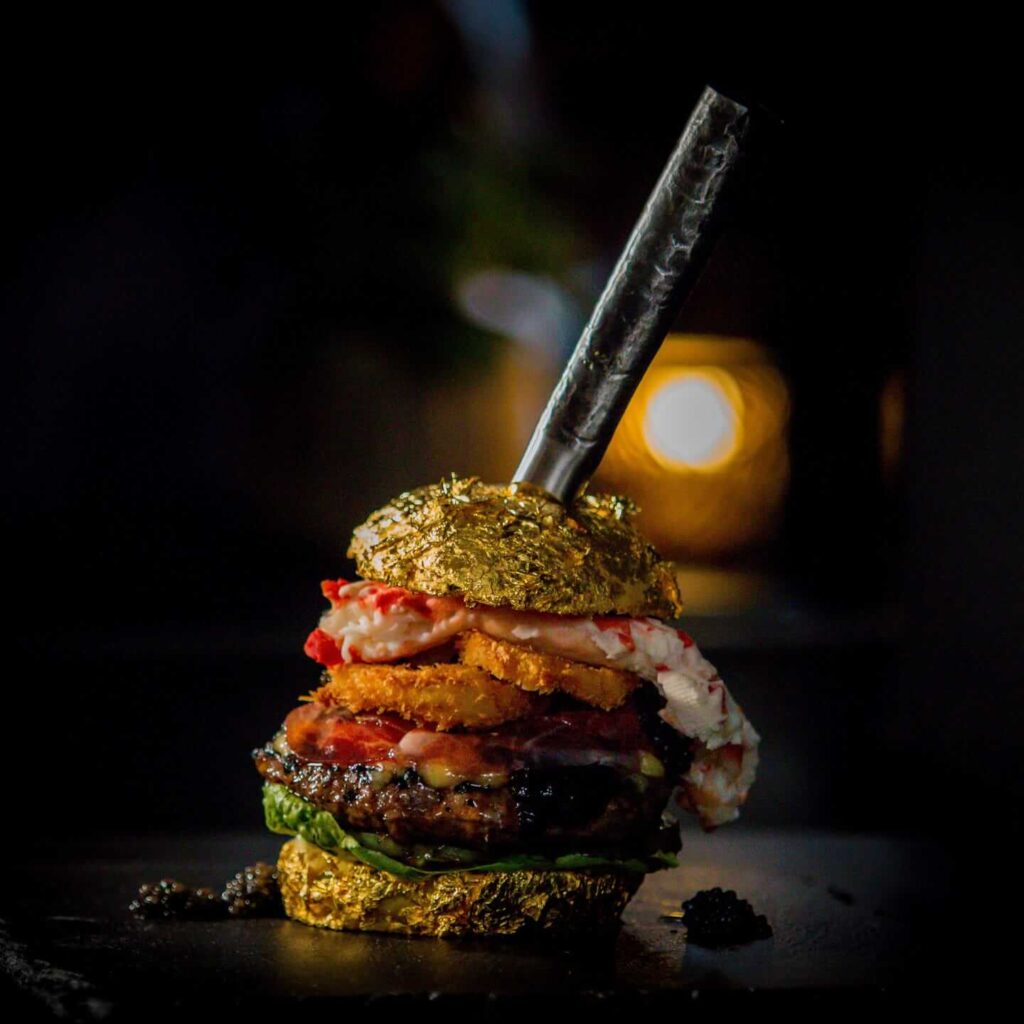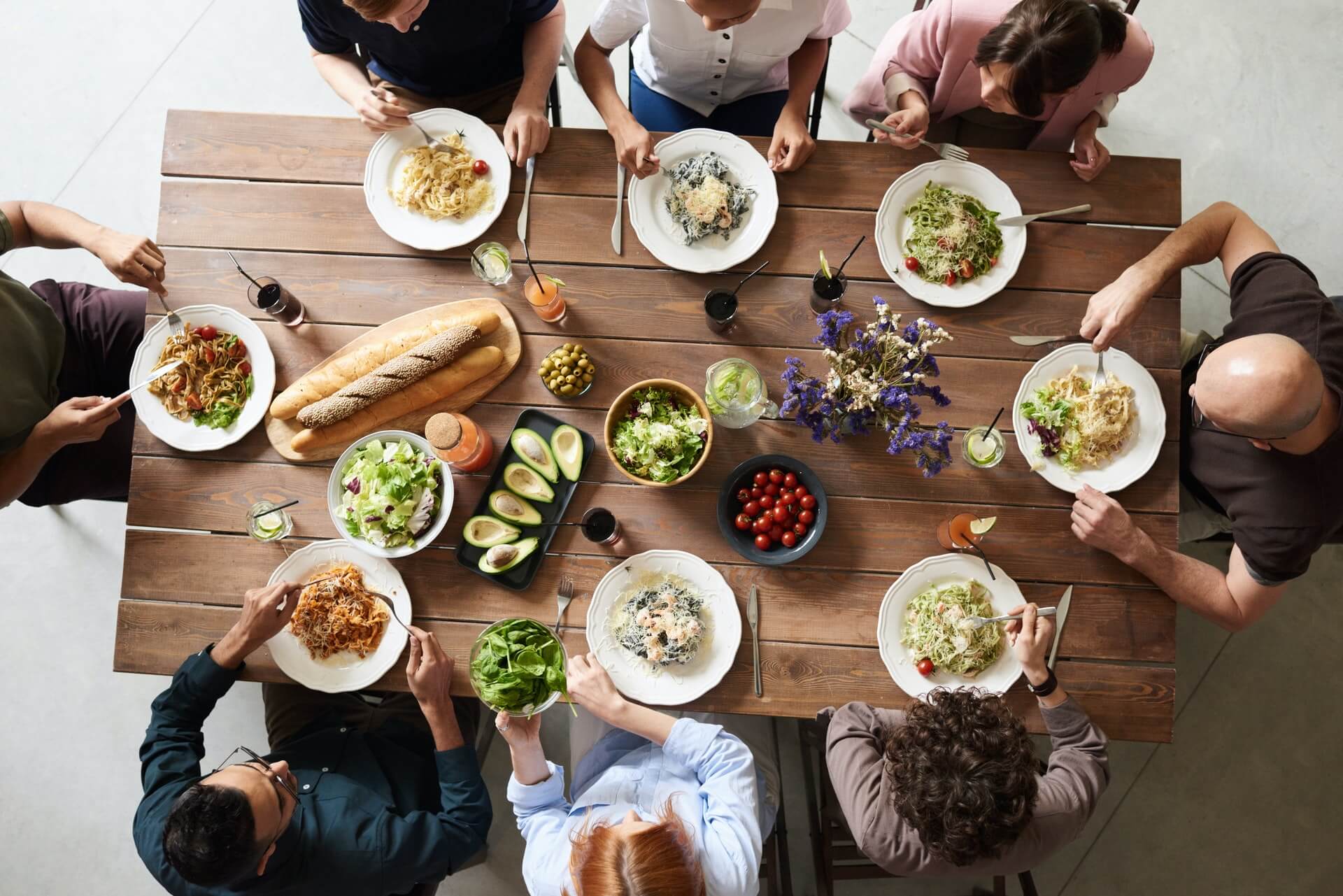Bar Hacks: Dueling Axes Las Vegas
by David Klemt

Dueling Axes Las Vegas general manager David Peterson drops by the Bar Hacks podcast to chat about this unique venue.
Interestingly, Dueling Axes Las Vegas is located inside of another unique venue, Area15.
Peterson describes the axe-throwing business he manages as upscale, approachable, and one of a kind. He describes Area15 as “an adult playground.”
So, what we have here is a one-of-a-kind venue inside a unique adult playground in America’s Playground.
Additionally, this business is leveraging one of the fastest-growing and most-popular forms of entertainment sweeping the US.
A Disclaimer
Before we get into the important details Peterson shares in episode 41 of Bar Hacks, a bit of housekeeping.
To be totally transparent, the audio is a bit muffled. It’s one of the occasional byproducts of recording via the Internet. We feel it’s worth being patient to take in all the information Peterson shares. And, of course, we thank all of you who have been patient and listened to episode 41.
However, try as we did to clean up the audio (running filters, using tools, adjusting frequencies, etc.), we understand muffled audio can be frustrating. In other words, we can’t blame anyone deciding to read about this episode instead. So, we’ve chosen to share Peterson’s insights here, on the KRG Hospitality website.
The Experience
Dueling Axes Las Vegas is one of three locations. The other two are in New Albany and Columbus, Ohio.
Per Peterson, the Las Vegas venue is 6,700 square feet. That’s huge for an axe-throwing operation.
There are 18 lanes, four of which are VIP. Guests wishing for a more intimate experience will appreciate the VIP lanes. These lanes come with their own server and axe-throwing coach.
However, VIPs aren’t the only guests who will find the venue special.
Dueling Axes Las Vegas offers everyone an upscale experience that’s comfortable and approachable: The cocktail bar inside the venue is high end, the seating in the lounge area is plush, and the lanes themselves are a notch above what most axe-throwing businesses offer.
Much like a firing range has range safety officers (RSOs), Dueling Axes employs coaches. These team members ensure everyone is being safe and, equally as importantly, having fun.
Not sticking the target can be incredibly frustrating for a guest. So, Peterson’s coaches are the lookout—and also listen—for people missing their throws. They can usually help guests correct their technique in short order, thereby ensuring they have a great experience.
That’s a crucial component of this operation. If the guests are feeling frustration rather than fun, the team has failed. According to Peterson, team training is key to Dueling Axes.
By the Numbers
If you’re reading this, you’re likely interested in starting up an axe-throwing venue. Or, perhaps you’re wondering about adding it to an existing business.
Before you run out to grab lumber and axes, there are some things you need to know.
First, this an organized sport. Therefore, Dueling Axes uses World Axe Throwing League (WATL) axes. At the Vegas location, these are 1.25 pounds.
Second, the distance to target (or boards) is the same as WATL participants throw. However, the league has made their bullseyes smaller. Peterson says there are no plans to shrink the bullseye for their everyday guests.
Third, prepare to go through a lot of boards. According to Peterson, Dueling Axes Las Vegas goes through about 20 boards a day. Replacements can be needed every three to five hours. He says his team can get boards replaced in about four minutes using drills or, in the case of bent screws, pliers.
Which brings us to the fourth point: another cost for axe-throwing venues is the axes. Sometimes, axes break. This is down to several factors, such as the grain from the manufacturing process of a particular batch; the temperatures of the market; and guests hitting the screws in the boards.
Fifth, and Peterson finds this fascinating, women “drive and dominate axe throwing.” At least, he says at the Las Vegas outpost of Dueling Axes. He estimates 60 percent of their guests are women.
Also, he says women tend to be more precise. Perhaps, as he theorizes during episode 41 of Bar Hacks, this is because he’s noticed that they listen more during the 10- to 15-minute safety and technique training portion of the experience. (The training takes place before guests begin their hour of throwing and isn’t counted against it.)
Connect with Dueling Axes Las Vegas
To learn more, be sure to check out the Dueling Axes Las Vegas website and the site for their Ohio locations.
You can also connect with them on Instagram, Twitter, and Facebook.
Of course, you should definitely connect with Dueling Axes on YouTube and watch their vides for a more immersive look into what they offer.











